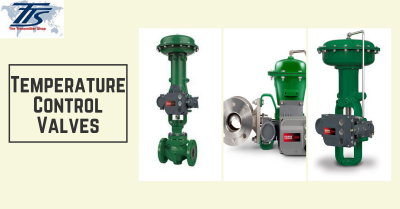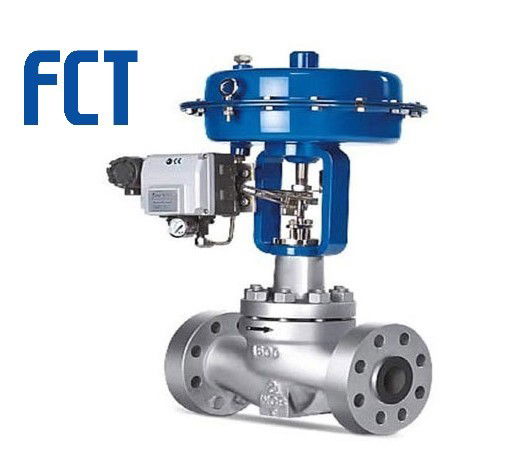
Maximize Energy Financial Savings and Convenience With Advanced Building Automation Controls
In the world of modern-day architecture and facility management, the assimilation of advanced structure automation regulates stands as a pivotal development. The convergence of technology and sustainability has birthed a new period where power performance, comfort optimization, and operational streamlining are no more far-off ambitions however possible truths. By utilizing the power of automation, structures can adapt, respond, and advance in means that were as soon as unimaginable. The possibility for substantial energy savings and boosted convenience is not simply a promise yet a possibility waiting to be fulfilled. This standard change in structure management holds the essential to opening a globe where ecological conscientiousness and resident wellness harmoniously coexist within the walls of our structures.
Power Performance Advantages
Energy performance advantages can substantially decrease energy intake and operational prices in buildings. By applying energy-efficient methods and modern technologies, building proprietors and drivers can achieve considerable financial savings while likewise adding to environmental sustainability. One of the key benefits of boosting energy effectiveness in structures is the decrease of energy bills. Energy-efficient systems, such as sophisticated structure automation controls, can maximize making use of sources like air conditioning, home heating, and illumination, bring about reduced energy costs with time.
Moreover, improved power performance can extend the lifespan of structure tools and systems. By operating a lot more effectively, HVAC systems, lighting fixtures, and various other structure components experience much less wear and tear, leading to minimized maintenance and substitute costs. Additionally, energy-efficient structures typically regulate higher residential or commercial property worths and rental rates, providing long-term financial advantages to proprietors.
Furthermore, power effectiveness can enhance owner comfort and performance. Correctly managed indoor environments with optimal illumination and thermal problems create a more helpful and enjoyable work space, leading to boosted staff member satisfaction and efficiency. In general, the power efficiency benefits related to advanced building automation controls are diverse, incorporating cost financial savings, ecological stewardship, and resident health.
Enhanced Comfort Control
Enhancing comfort control in building settings requires a sophisticated integration of innovative automation systems for ideal owner wellness. By using advanced structure automation controls, centers can customize the indoor environment to fulfill the certain requirements and preferences of owners. control valves.
Boosted comfort control surpasses standard temperature modifications. It includes features such as customized setups, occupancy sensing units, and natural light application to develop a receptive and dynamic setting. By incorporating these sophisticated controls, buildings can not just enhance convenience but also boost energy effectiveness by maximizing system operations based upon actual tenancy and use patterns. Ultimately, focusing on owner comfort through innovative automation systems results in a much more enjoyable and healthier interior environment.
Operational Efficiency Improvements

In addition, the execution of real-time surveillance and analytics devices enables structure operators to determine power ineffectiveness and operational abnormalities quickly. By continually monitoring power usage patterns and system efficiency metrics, adjustments can be made in real-time to enhance energy intake and guarantee peak functional effectiveness. control valves. Furthermore, incorporating demand response methods into structure automation controls can even more boost operational effectiveness by dynamically changing energy usage based upon grid conditions and prices signals
Indoor Climate Optimization
Efficient interior environment optimization is a basic aspect of building automation controls, making sure residents' comfort and health while optimizing energy cost savings. By using innovative sensors and controls, developing automation systems can continually keep an eye on and readjust temperature level, moisture degrees, air quality, and air flow to produce an optimum interior environment. Keeping comfortable and constant problems not only enhances resident satisfaction but likewise increases efficiency and general wellness.
Interior climate optimization additionally plays a critical duty in power performance. By fine-tuning air conditioning, air flow, and home heating systems based on real-time data and tenancy patterns, constructing automation controls can considerably minimize energy consumption - control valves. Carrying out techniques such as demand-controlled ventilation view publisher site and thermal zoning can aid decrease energy waste while guaranteeing that each area of the building obtains the needed conditioning.

Sustainable Environment Production
Building automation controls not just optimize indoor climate conditions for energy performance and resident convenience but likewise lay the structure for producing a lasting environment via calculated management of resources and systems. By integrating innovative building automation technologies, such as sensors, actuators, and smart software application, centers can change and monitor energy use in real-time to reduce waste and minimize their carbon footprint. These systems allow predictive maintenance, recognizing potential concerns before they rise and optimizing tools efficiency to boost durability and efficiency.
Additionally, sustainable setting production extends beyond energy administration to encompass water preservation, waste reduction, and indoor air high quality enhancement. Building automation controls can manage water use, spot leaks, and make sure proper waste disposal practices, contributing to overall sustainability initiatives. Additionally, by regulating and monitoring ventilation and filtering page systems, these modern technologies boost owner wellness and performance while reducing power intake related to HVAC procedures.
Verdict
To conclude, progressed structure automation manages offer considerable benefits in terms of power cost savings, comfort control, operational effectiveness, indoor climate optimization, and producing a sustainable environment. By carrying out these controls, buildings can achieve optimal efficiency while minimizing power intake and enhancing occupant convenience. It appears that the usage of advanced automation modern technology is critical in i thought about this improving building efficiency and producing a much more sustainable future.
Energy performance benefits can significantly decrease power usage and functional expenses in structures. Generally, the energy performance benefits connected with advanced structure automation controls are diverse, encompassing expense savings, environmental stewardship, and resident well-being.
Furthermore, incorporating need reaction methods into structure automation controls can even more improve operational effectiveness by dynamically changing energy usage based on grid conditions and pricing signals.
Building automation controls not only enhance interior climate conditions for energy efficiency and passenger convenience yet additionally lay the structure for developing a lasting setting through strategic management of systems and sources.In verdict, progressed structure automation regulates deal substantial advantages in terms of energy cost savings, convenience control, functional effectiveness, indoor climate optimization, and creating a lasting environment.
Comments on “Maximizing System Control with High-Performance Control Valves”